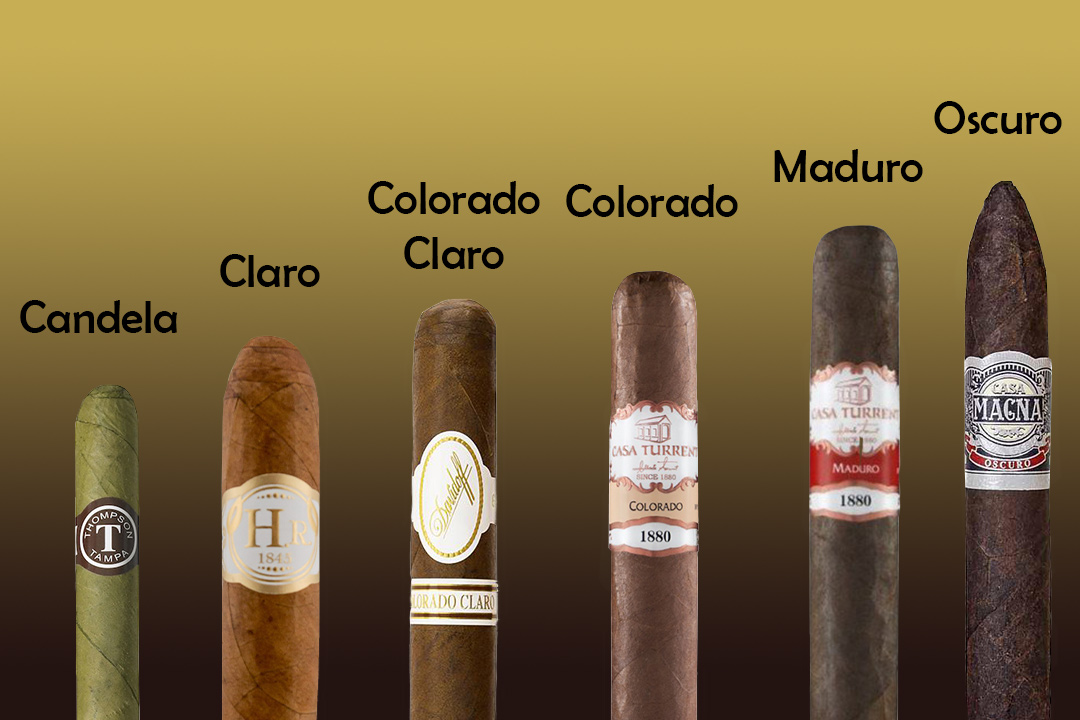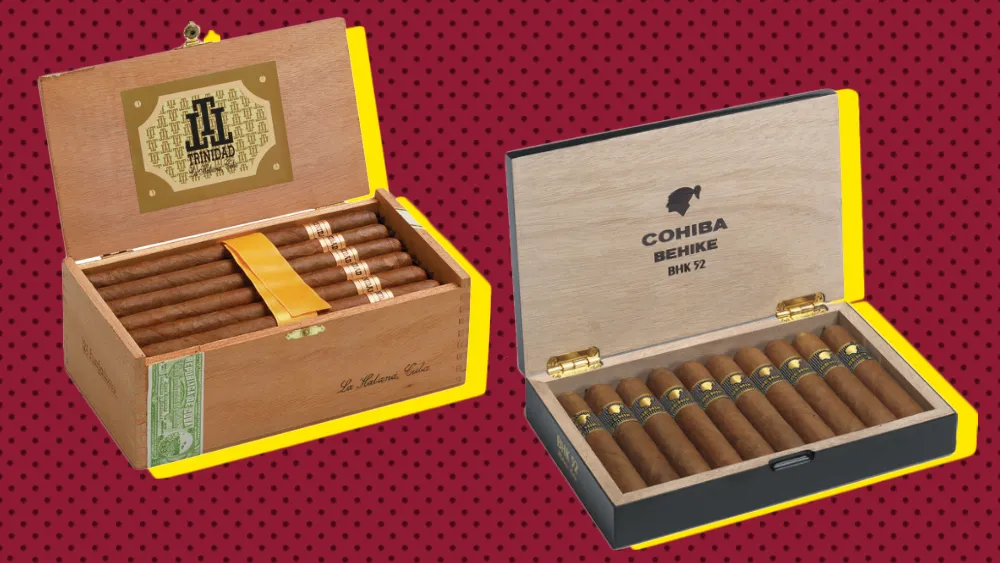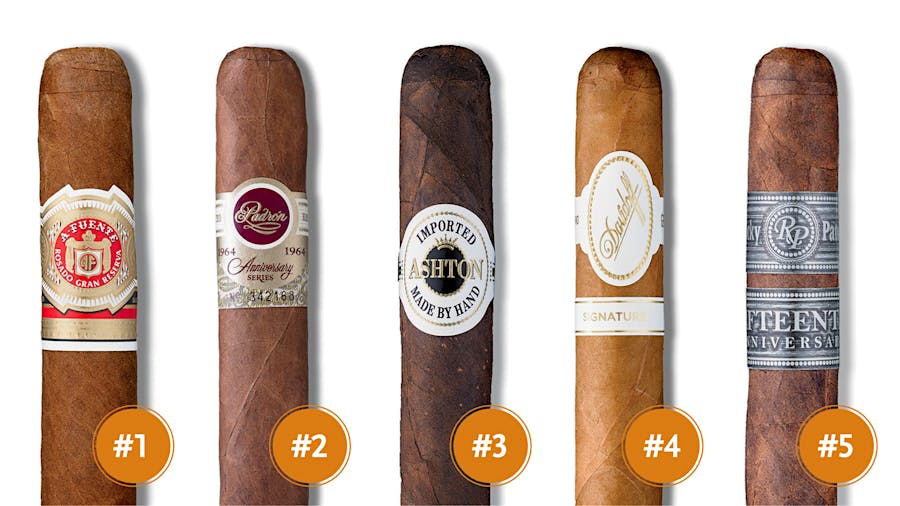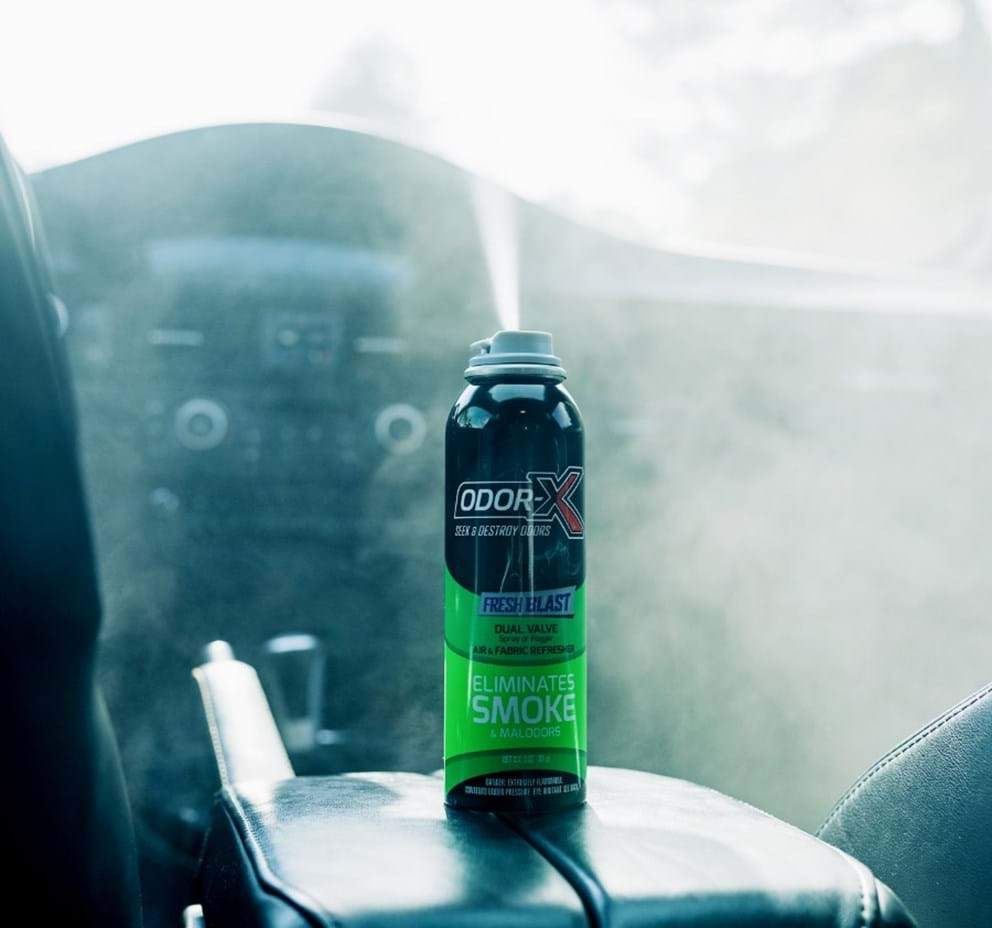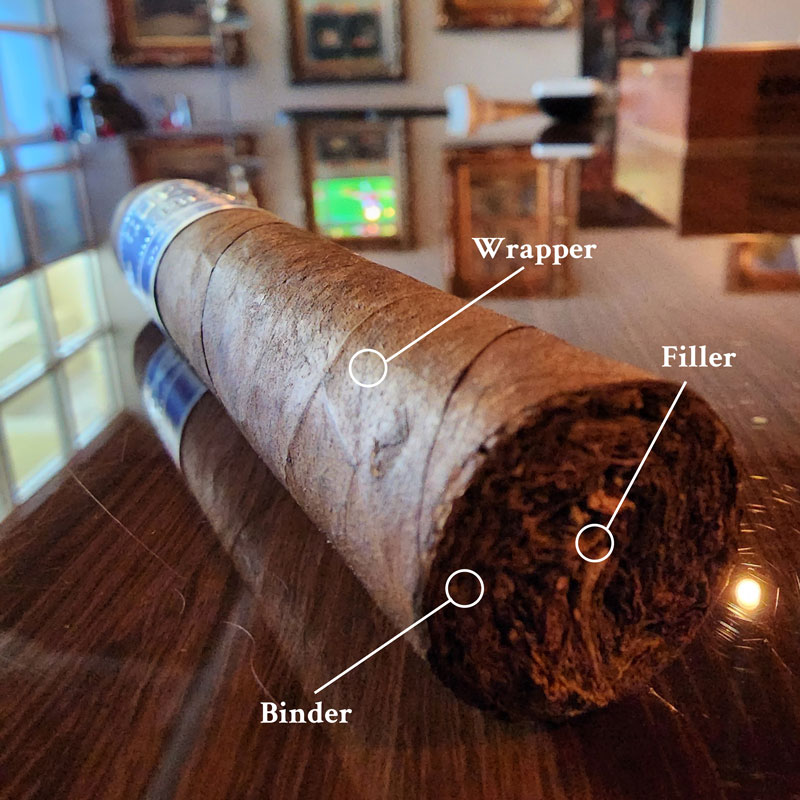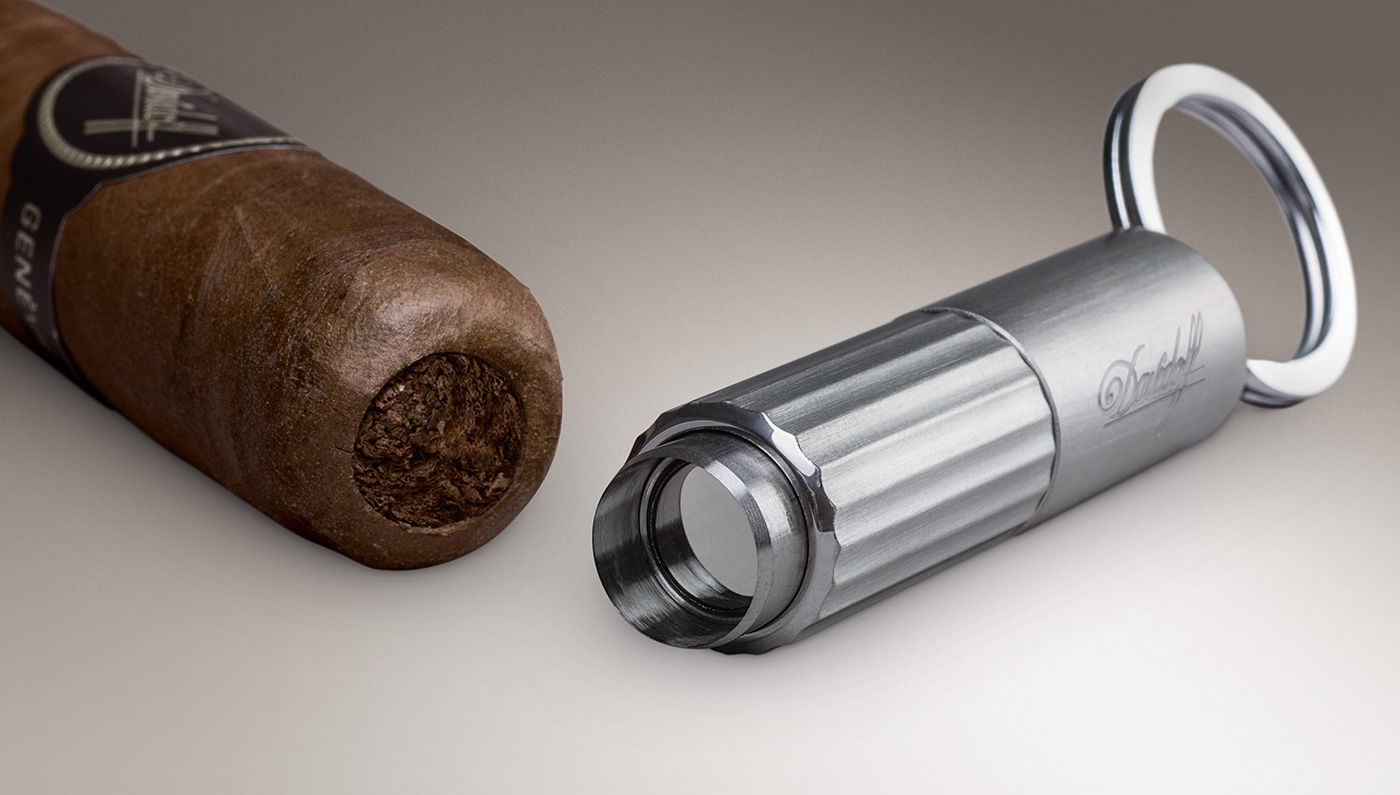Step-by-Step Guide on Rolling Ha Perfect Cigar – Master the Art of Roll a Cigar Rolling Today!
Rolling a cigar is an art that requires precision and skill. It is a craft that has been passed down through generations, with each roller bringing their unique touch to the process. If you have ever wondered what goes into creating a perfect cigar, this guide is for you.
First, you need to start with the right ingredients. The quality of tobacco used in a cigar is crucial to its overall taste and experience. The leaves must be carefully selected, cured, and aged to perfection. Each leaf contributes to the final flavor profile, so it is important to choose wisely.
Once you have your tobacco, the next step is to prepare the leaves for rolling. The veins need to be removed, and the leaves should be moistened to make them pliable. This process requires patience and attention to detail, as any imperfections can affect the final product.
The rolling process itself is both precise and delicate. The filler leaves are carefully placed and rolled together, ensuring an even distribution of tobacco throughout the cigar. The binder leaf is then wrapped around the filler, holding everything together. Finally, the wrapper leaf is applied, providing the finishing touch and giving the cigar its distinct appearance.
Mastering the art of rolling a perfect cigar takes time and practice. Each step requires focus and a steady hand. But with dedication and a love for the craft, you can create your own masterpiece. So why not give it a try and experience the satisfaction of enjoying a cigar that you have rolled with your own hands?
History of Cigars
Cigars have a rich history that dates back centuries. They have been enjoyed by people from all walks of life, from royals and aristocrats to everyday individuals. The origins of the cigar can be traced back to ancient times, with evidence of tobacco smoking dating back to as early as 5000 BC in the Americas.
The use of tobacco and the practice of smoking it spread throughout the Americas, with different cultures and civilizations developing their own methods and traditions. The indigenous people of the Caribbean and Central America, such as the Mayans and the Aztecs, were known to smoke tobacco in various forms, including rolled leaves and pipes.
The arrival of Christopher Columbus in the Americas in the late 15th century introduced tobacco to Europe. The popularity of tobacco grew rapidly, and smoking became a fashionable trend among the European elite. Initially, tobacco was consumed in various forms, including pipes and snuff, but eventually, the cigar as we know it today began to take shape.
It is believed that the birth of the modern cigar can be credited to the Spanish, specifically the island of Cuba. The climate and soil conditions in Cuba were ideal for growing high-quality tobacco, and Cuban cigars quickly gained a reputation for their exceptional flavor and craftsmanship.
In the 19th century, the cigar industry flourished, with Cuba becoming the world’s leading producer and exporter of cigars. Cigar factories were established, and skilled artisans dedicated their lives to mastering the art of rolling cigars by hand. This period saw the rise of iconic cigar brands such as Romeo y Julieta, Cohiba, and Montecristo.
Over time, the popularity of cigars spread to other parts of the world, including the United States. Cigars became a symbol of luxury and sophistication, and they were frequently seen in the hands of businessmen, politicians, and movie stars.
Today, the tradition of cigar smoking continues to thrive. While machine-made cigars have become more widespread, the art of hand-rolling cigars is still cherished and celebrated. Many cigar enthusiasts appreciate the craftsmanship and attention to detail that goes into creating a high-quality cigar.
- Cigars have a long and storied history dating back thousands of years.
- The indigenous people of the Americas were among the first to smoke tobacco.
- Christopher Columbus introduced tobacco to Europe, where it gained popularity.
- Cuban cigars became renowned for their exceptional flavor and craftsmanship.
- The 19th century saw the rise of the cigar industry, with Cuba as the leading producer.
- Cigars became a symbol of luxury and were enjoyed by influential individuals.
- The tradition of hand-rolling cigars continues to be cherished and celebrated today.
Choosing the Right Cigar rolling
When it comes to enjoying a cigar, choosing the right one is essential. Each cigar has its own unique flavor profile and strength level. Here are some factors to consider when selecting the perfect cigar for your taste:
1. Flavor Profile
Flavor is perhaps the most important aspect of a cigar. Cigars can range from mild and creamy to bold and spicy. The flavor profile is influenced by the tobacco used in the blend. You can find cigars that have notes of coffee, chocolate, cedar, or even fruity flavors. Consider the flavors you enjoy in other foods and beverages, and look for cigars with similar tasting notes.
2. Strength Level
Cigars also vary in terms of strength. Some cigars are milder and have a smoother smoking experience, while others are bolder and pack more punch. The strength level is determined by the tobacco used in the filler and the binder. If you’re new to cigars or prefer a lighter smoke, start with a mild or medium strength cigar. If you enjoy a strong, full-bodied experience, opt for a cigar with a higher strength level.
Remember that finding the right cigar is a personal preference. Don’t be afraid to experiment and try different cigars to discover your own preferences. Visit a reputable cigar shop or seek advice from experienced cigar enthusiasts for recommendations. The more you explore and learn about cigars, the better you’ll be able to choose the perfect one for any occasion.
Gathering the Necessary Supplies
Before you can start rolling the perfect cigar, you’ll need to gather all the necessary supplies. Having everything you need within reach will help ensure a smooth and uninterrupted rolling process. Here are the essential supplies you’ll need:
- Tobacco leaves: The foundation of any cigar, choose high-quality tobacco leaves that have been properly aged and cured.
- Cutting board: A clean surface to work on is crucial for maintaining the hygiene and integrity of your cigar.
- Knife or guillotine cutter: These tools will be used to cut the tobacco leaves to the desired size and shape.
- Binder leaf: This leaf will be used to hold the filler leaves together and provide structure to the cigar.
- Filler leaves: These leaves make up the core of the cigar and provide the flavor when lit.
- Humidifier: To keep your tobacco leaves at the optimal humidity level, a reliable humidifier is essential.
- Cigar molds: These wooden or metal molds will help shape and compress the cigar during the rolling process.
- Gum Arabic: A natural adhesive used to seal the wrapper leaf in place.
- Wrapper leaf: The outermost layer of the cigar, often considered the most aesthetically appealing and flavorful.
- Cigar scissors: These specialized scissors will cut the excess wrapper leaf and ensure a clean and neat finish.
Having these supplies on hand will set you up for success when rolling your perfect cigar. So, gather everything you need and let’s get started!
Preparing the Roll Cigars
Before you can begin rolling a perfect cigar, it’s important to properly prepare the tobacco leaves. This includes a few key steps that will help ensure a high-quality end product.
1. Sorting and selecting the tobacco leaves
The first step in preparing the cigar is to sort and select the tobacco leaves. This involves carefully examining each leaf and discarding any that are damaged or have blemishes. Only the best leaves should be used for rolling a cigar.
2. Moistening the tobacco leaves
Once the leaves have been selected, they need to be properly moistened. This is done by gently spraying the leaves with a fine mist of water. This helps to make the leaves more pliable and easier to work with during the rolling process.
It’s important not to add too much moisture, as this can cause the leaves to become too soft and difficult to handle. A fine balance needs to be struck to ensure the leaves are moist but not overly wet.
During this step, it’s also important to take into account the humidity levels in the room. If the room is too dry, the leaves may need to be kept in a humidor for a short period of time to reach the optimal moisture level.
By properly preparing the tobacco leaves before rolling a cigar, you are setting the stage for a smoother and more enjoyable smoking experience. Taking the time to carefully sort, select, and moisten the leaves will ensure a high-quality end product that is worthy of appreciation.
Rolling the Cigar
Rolling a cigar is a delicate art that requires precision and practice. To roll the perfect cigar, follow the step-by-step guide below:
| Step 1: | Select high-quality tobacco leaves that are pliable and free from any holes or tears. |
| Step 2: | Moisten the leaves slightly to make them more pliable and easier to work with. |
| Step 3: | Arrange the leaves in a specific configuration, with a filler, binder, and wrapper leaf. |
| Step 4: | Carefully roll the filler leaves into a cylindrical shape, ensuring they are tightly packed to ensure a consistent burn. |
| Step 5: | Place the binder leaf around the filler, making sure it is evenly distributed and covers the entire cigar. |
| Step 6: | Wrap the wrapper leaf around the binder, securing it in place with a small amount of vegetable gum or another adhesive. |
| Step 7: | Using a cigar mold or a gentle hand, shape the cigar into its final form, making sure it is uniformly firm throughout. |
| Step 8: | Allow the cigar to dry for several hours or days, depending on the desired level of moisture. |
| Step 9: | Trim the excess wrapper leaf, leaving a small amount to cap the end of the cigar. |
| Step 10: | Inspect the cigar for any imperfections or loose spots, and make any necessary adjustments. |
| Step 11: | Store the cigars in a humidity-controlled environment to ensure they age properly. |
Remember, practice makes perfect when it comes to rolling cigars. With time and patience, you’ll be able to master this ancient art form and create your own perfect cigars.
Shaping and Finishing the Cigar
Once you have successfully rolled the filler leaves in a tight and even cylinder, it’s time to shape and finish the cigar. This step is crucial in achieving a well-built and aesthetically pleasing cigar.
First, gently press the cylinder with your fingers to ensure it is firm and even. This will help to eliminate any air pockets or unevenness in the cigar. With a gentle rolling motion, shape the cylinder into the desired size and thickness.
Next, carefully trim off any excess tobacco from both ends of the cigar using a sharp cigar cutter. It is important to make clean, precise cuts to ensure a professional finish. Be sure not to remove too much tobacco, as this can affect the draw and overall smoking experience.
After trimming, use a small amount of vegetable gum or a cigar binder leaf to seal the cap of the cigar. This will hold the wrapper leaf in place and prevent it from unraveling. Apply a small amount of moisture to the cap before attaching the binder leaf or gum, as this will help it adhere more effectively.
Finally, gently roll the wrapper leaf around the filler leaves, making sure it is tight and smooth. Use your fingers to smooth out any wrinkles or imperfections in the wrapper leaf. The wrapper should be evenly applied and cover the entire length of the cigar.
Once you have shaped and finished the cigar, allow it to rest for a short period of time to allow the tobacco to settle. This will help the flavors develop and the cigar to achieve its desired smoking characteristics.
Remember, shaping and finishing a cigar takes practice and patience. With time, you will become more skilled at creating perfect cigars that not only look great but also provide an enjoyable smoking experience.
Caring for and Storing the Perfect Cigar
When it comes to enjoying a cigar, proper care and storage are essential to maintain its quality and flavor. Whether you are a seasoned aficionado or just starting out, here are some tips to help you care for and store your perfect cigar:
1. Humidity is Key
Cigars need to be stored in a humid environment to prevent them from drying out. The ideal humidity level for cigars is around 70%. To achieve this, invest in a good quality humidor – a special box designed to regulate humidity. Make sure to season your humidor before use to ensure proper humidification.
2. Temperature Control
Aside from humidity, temperature control is also important for storing cigars. Cigars should be stored at a temperature of around 65-70°F (18-21°C). Avoid storing cigars in extreme temperatures, as this can adversely affect their quality.
3. Avoid Direct Sunlight
Exposure to direct sunlight can cause the cigar to dry out and lose its flavor. It’s best to store cigars in a dark place, away from windows or other sources of light. If you’re taking cigars with you on a trip, be sure to protect them from sunlight using a travel case or sleeve.
4. Properly Seal the Cigars
To maintain the freshness and flavor of the cigars, it’s crucial to properly seal them. If stored in a humidor, ensure the lid is closed tightly to create an airtight environment. For cigars taken on the go, use a ziplock bag or a cigar tube to keep them protected and sealed.
5. Rotate and Inspect
It’s a good practice to rotate your cigars periodically to ensure even aging and minimize any potential damage from pressure. Additionally, inspect your cigars regularly for any signs of mold, tobacco beetles, or other imperfections. If you notice any issues, remove the affected cigars to prevent them from spreading to others.
By following these care and storage tips, you can ensure that your perfect cigars are always in excellent condition, ready to be enjoyed whenever you desire.
Q&A: How to roll a cigar
What is the role of a cigar roller in the cigar-making process?
A cigar roller, also known as a torcedor, is responsible for rolling cigars by hand, ensuring that the leaves are arranged properly to create a well-constructed cigar.
What is the “bunch” in cigar rolling?
The bunch refers to the filler tobacco leaves that are tightly rolled together to form the body of the cigar. It is one of the first steps in the cigar-making process.
What is the “head of the cigar”?
The head of the cigar is the closed end that is cut and lit for smoking. It is typically distinguished by a cap, which is a small piece of wrapper leaf attached to the head to hold the cigar together.
What is entubado rolling technique?
Entubado rolling is a traditional cigar rolling technique where the filler leaves are rolled individually into tubes before being placed together in the bunch. This method is believed to create a better draw and more even burn.
How does the entubado rolling technique differ from other rolling techniques?
Unlike other rolling techniques where the filler leaves are folded or bunched together, entubado rolling involves rolling each filler leaf into a tube shape before assembling them into the cigar.
What are the benefits of using the entubado rolling technique?
The entubado rolling technique is believed to create a cigar with a better draw, improved combustion, and a more even burn compared to other rolling techniques.
How does the entubado rolling technique impact the flavor of the cigar?
The entubado rolling technique is thought to enhance the blending of flavors from the different filler leaves, resulting in a more complex and balanced flavor profile in the finished cigar.
Who typically performs the entubado rolling technique?
The entubado rolling technique is often performed by experienced cigar rollers who have mastered the art of rolling cigars by hand.
What role does the bunch play in the construction of a cigar?
The bunch serves as the core of the cigar, providing the majority of its body and shape. It consists of tightly rolled filler leaves that are bound together by a binder leaf before being wrapped in a wrapper leaf.
How does the bunch contribute to the smoking experience of a cigar?
The quality of the bunch can significantly impact the smoking experience of a cigar, affecting aspects such as the draw, burn rate, and overall flavor profile. A well-made bunch can result in a more enjoyable smoking experience.


